The Peruvian Amazon is a realm of mystery and wonder. It’s a vibrant tapestry of life, home to a myriad of indigenous tribes. Each tribe, with its unique traditions and languages, contributes to the rich cultural mosaic of the region.
These tribes, including the Asháninka, Awajún, Shipibo-Conibo, and Matsés, have thrived in the Amazon rainforest for centuries. They’ve maintained a deep connection with the land, living in harmony with the rhythms of the forest. Their knowledge and practices offer invaluable insights into sustainable living and environmental stewardship.
Yet, these tribes face significant challenges. Deforestation, illegal mining, and oil extraction threaten their ancestral lands and ways of life.
The tribes and the Amazon rainforest face a fight for survival. This rainforest is vital for the world’s ecology.
In this article, we’ll journey into the heart of the Peruvian Amazon. We’ll explore the diverse cultures of its indigenous tribes, their spiritual practices, and their sustainable ways of life. We’ll also delve into the threats they face and how responsible tourism can support their survival.
Join us as we embark on this journey, exploring the rich cultures of Peruvian Amazon tribes. Let’s learn, respect, and celebrate these guardians of the Amazon, their heritage, and their wisdom.
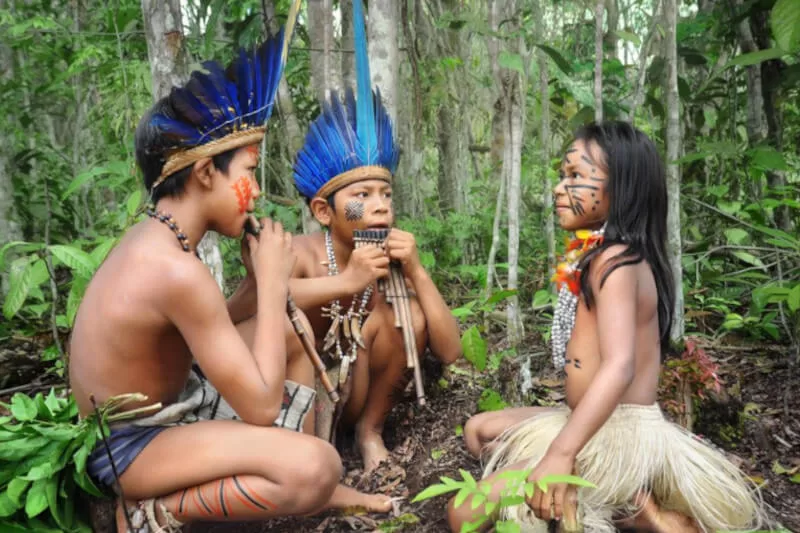
The Peruvian Amazon spans over 60% of Peru, a verdant expanse teeming with life. It’s not just a refuge for flora and fauna, but also for numerous indigenous communities. These communities, integral to the Amazon’s rich biodiversity, hold the key to its preservation.
Indigenous people make up around 5% of Peru’s population. Their cultures are as diverse as the jungle they inhabit.
Each tribe speaks different languages and has unique traditions. This shows a range of lifestyles and beliefs in the Amazon basin.
This diversity is not only cultural but also ecological. Tribes like the Asháninka and Awajún have an intricate understanding of the forest’s ecosystems. They practice sustainable living, using resources wisely, ensuring the forest’s bounty for future generations.
For many tribes, the concept of the “living forest” or “forest as a kin” is fundamental. This deep reverence drives their conservation efforts, helping to maintain the fragile balance of the rainforest. Their traditional ecological knowledge is crucial in today’s fight against climate change.
Despite their vital role, indigenous peoples face ongoing struggles. Their lands and lives are under threat from deforestation and modern encroachment. The tapestry of indigenous life in the Peruvian Amazon is enduring but vulnerable, deserving protection and respect.
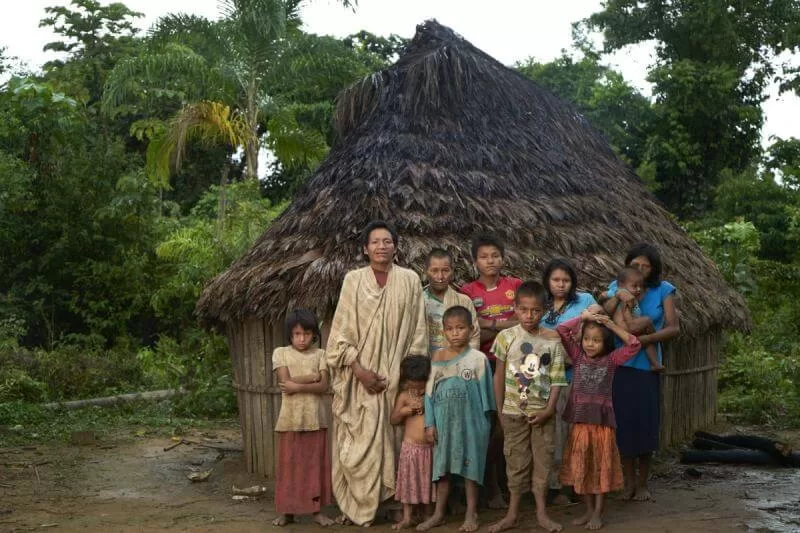
The Peruvian Amazon hosts a mosaic of indigenous tribes, each with its own language and customs. Among these are the Asháninka, the region’s largest group, known for vibrant ceremonial attire and deep-rooted traditions.
The Asháninka’s knowledge of medicinal plants is vast. They use it to treat ailments, reflecting their intimate connection with the forest. Their communities are scattered along the rivers, living in harmony with nature and each other.
The Awajún people are renowned artisans, skilled in goldsmithing and pottery. Historically, they have fiercely protected their territories. This bravery is part of their cultural identity, reflected in their rich folklore and oral traditions.
Shipibo-Conibo artists are famed for intricate textiles and ceramics. Their designs, inspired by visionary experiences, express spiritual beliefs. These patterns hold symbolic meanings and are central to their identity.
The Matsés tribe are known for their warrior history. Facial tattoos symbolize bravery and status among them. Their isolated communities maintain a lifestyle that is in many respects untouched by modern influences.
Each tribe upholds unique cultural practices that are passed down through generations. Shamanism is prevalent, connecting the tribes to their ancestral spirits. Spiritual guides play vital roles in maintaining community well-being.
These tribes often rely on the Amazon’s resources for sustenance and materials. Knowledge of the rainforest is vital for their survival, as it has been for countless generations. They are custodians of a wealth of ecological insight.
Community festivals are significant cultural events. For tribes like the Asháninka and Awajún, these gatherings celebrate traditions and strengthen communal bonds. They offer a window into the tribes’ rich cultural tapestry.
Challenges from external forces threaten these traditional ways of life. The need for preserving tribal heritage has never been more crucial. Understanding and supporting these diverse communities helps to keep their unique cultures alive.
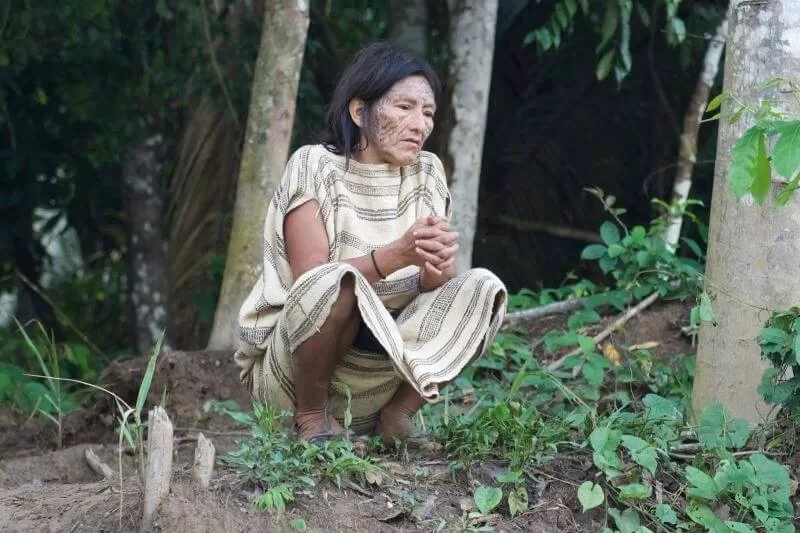
The spiritual practices of Amazon tribes reveal a profound connection to nature. Central to this connection is shamanism, a vital aspect of many tribes’ cultures.
Shamans act as spiritual healers and guides. They use rituals to communicate with the spirit world, seeking guidance and healing for their communities.
Ayahuasca, a sacred plant brew, often plays a pivotal role in these ceremonies. Its use is intended to provide visions and insights, both personal and communal.
The rituals are deeply symbolic and involve music and chants. These elements help participants enter a state conducive to spiritual journeys.
Respect for these traditions is paramount for outsiders. Approaching them with understanding and deference honors the spiritual fabric of the tribes.
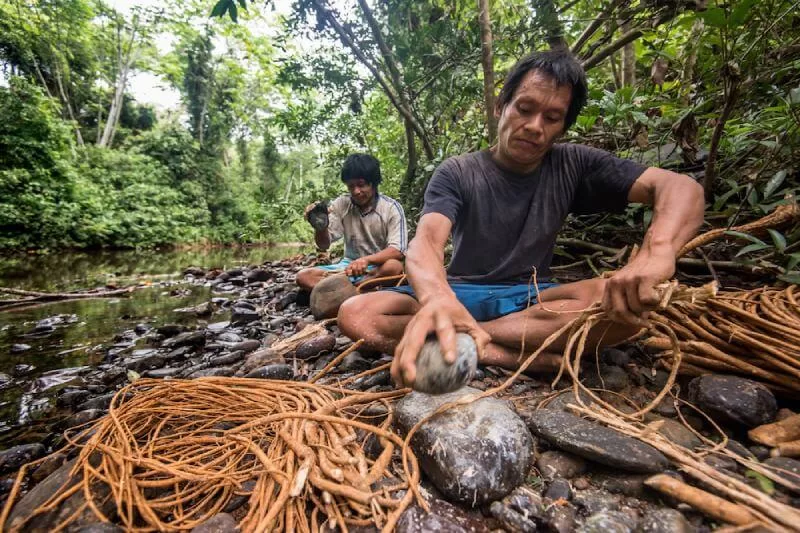
Indigenous tribes of the Peruvian Amazon have mastered living sustainably. Their deep connection to the forest guides their everyday lives.
These communities practice ecological wisdom passed down through generations. Sustainable hunting and fishing techniques ensure resources are not depleted.
Tribes utilize the forest for food, medicine, and shelter. They do so with minimal impact, reflecting a profound respect for nature.
The “living forest” concept is integral. Many tribes see the forest as kin, a source of life rather than mere resources.
This approach fosters environmental stewardship. It offers essential lessons in sustainability as the world faces climate challenges.
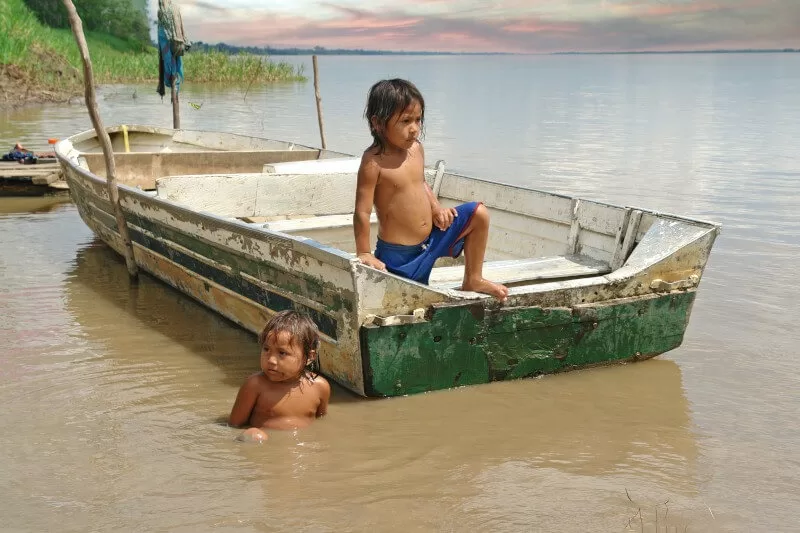
Deforestation poses a grave threat to the Peruvian Amazon tribes. Illegal logging strips the land bare, eroding sacred environments.
Mining and oil extraction further encroach on tribal territories. These activities disrupt ecosystems and endanger traditional ways of life.
Modern development often ignores indigenous rights. Tribes face loss of land and diminished access to natural resources.
Deforestation impacts biodiversity, affecting the food sources tribes rely on. Such environmental changes threaten their survival.
Without protection, these tribes risk losing their cultural heritage. Preserving their lands is critical for cultural and ecological balance.
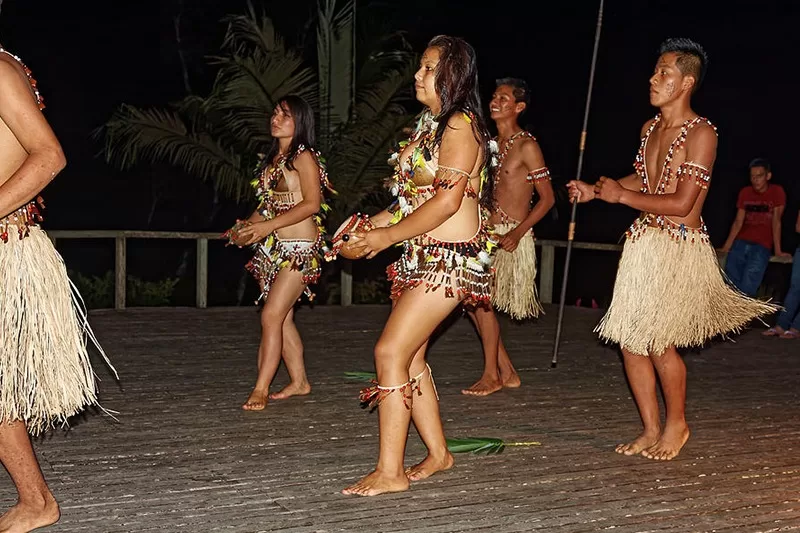
Tribal festivals in the Peruvian Amazon burst with vibrant energy. These events celebrate cultural heritage and communal unity.
Music plays a pivotal role in these celebrations. It connects generations through rhythmic drumming and melodic chants.
Dance holds deep spiritual significance for the tribes. Each step tells a story, honoring ancestors and nature alike.
The San Juan festival stands out for its lively pageantry. It showcases the rich traditions and joy of Amazon tribes.
Participating in these cultural events offers a glimpse into the tribal world. It fosters respect and understanding among all attendees.
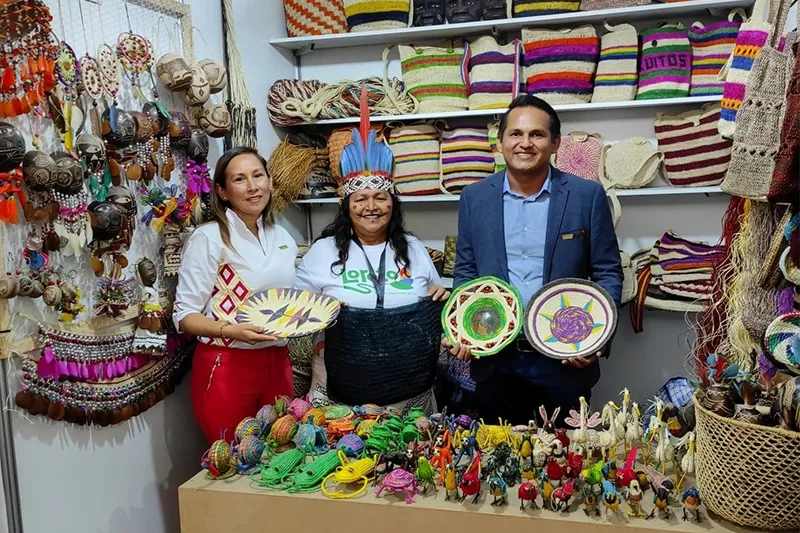
Artisans in the Peruvian Amazon create intricate works. Their handicrafts reflect tribal stories and deep-rooted beliefs.
Each piece, from pottery to textiles, tells a unique tale. The Shipibo-Conibo’s designs are particularly renowned for their beauty.
Traditional medicine remains vital among the tribes. Knowledge passed down through generations heals both body and spirit.
Rainforest plants form the basis of their remedies. This deep understanding of nature ensures sustainable health practices.
Supporting these artisans through fair trade enriches tribal economies. It also preserves cultural heritage for future generations.
Responsible tourism can be a lifeline for Peruvian Amazon tribes. It offers economic opportunities while conserving their ways of life.
Eco-friendly practices are central to this form of travel. Travelers must prioritize minimizing their impact on the environment.
Local guides provide invaluable insights. Their knowledge enhances traveler experiences, ensuring cultural and ecological sensitivity.
Supporting local crafts ensures that tourism dollars stay within the community. This promotes economic sustainability alongside cultural preservation.
Respecting tribal customs and using local resources responsibly are crucial. When done thoughtfully, tourism can protect both people and nature.
The future of Peruvian Amazon tribes hinges on global support and responsible practices. Collaboration can safeguard both their heritage and homeland.
By embracing sustainable tourism and supporting indigenous rights, we contribute to a thriving and diverse Amazon. Together, this ensures a vibrant future for its people and ecosystems.
Discover more on our locally guided tour:
If you got any questions, please do not hesitate to send us a message. We reply within 24 hours!
+51 900 394 399
info@biomanuexpeditions.com
reservas@biomanuexpeditions.com
